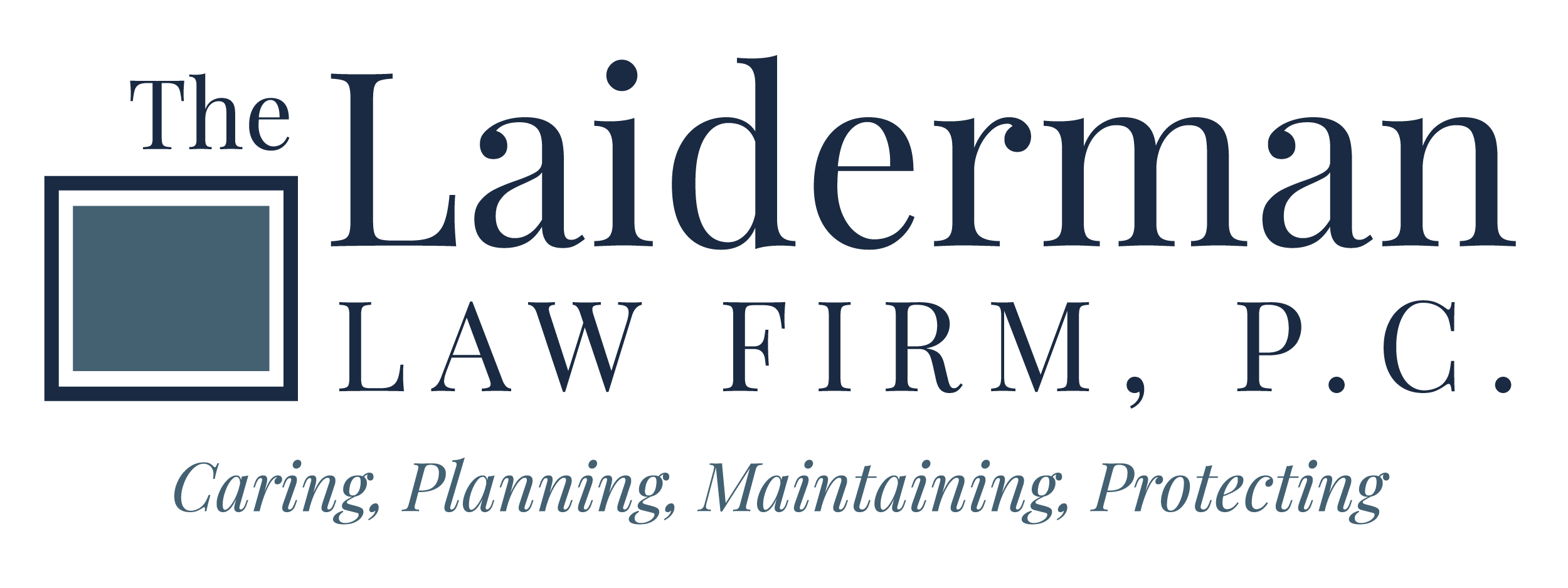To start with, let’s not hide from the question at hand: Yes, you can “accomplish” estate planning by doing nothing more than putting your spouse and/or children’s names on each of your assets. When you die, the assets to which you have added your family members’ names will automatically pass to those persons. (In legal jargon, we call this “by operation of law.”) This is a simple procedure which accomplishes one task: getting the jointly-held asset to the person you’ve made a joint owner, at little-to-no effort.
You’ve probably heard what they say about getting things for free, though, right? You get what you pay for.
What many people who ask this question may not know is that this simple technique is not only fraught with potential problems, it also lacks many of the other benefits that can only be gained by placing property into a trust, or other form of ownership. There are tax and non-tax issues that must be considered. On certain assets when you add a joint owner, a gift is actually made to that person you’ve just named as co-owner, even on common examples like car titles, houses, and stock certificates. Once you add the joint owner on these types of property, all joint owners must join to sell or transfer the asset. And if the joint owner is not a spouse, putting the joint owner on the title of these assets is a taxable gift.
Take Brad, a widowed senior citizen with two adult daughters, Catherine and Daisy. Catherine lives in town, and Daisy does not. Brad worries about going to the hospital (or worse, a nursing home), and Catherine not having access to his money to pay for his expenses. So, he adds her name to the account. She now has full access to his $200,000 bank account. What could go wrong?
To start, the money in that account is now effectively just as much Catherine’s as it is Brad’s. So hopefully she doesn’t (a) get divorced and her ex-husband claims an interest in the account, (b) file for bankruptcy and the bankruptcy trustee claims an interest in it, or (c) get in a car accident and risk a creditor attempting to claim an interest in the bank account. The point is, once Catherine’s name is on Brad’s money, he’s increased his chances of losing it to Catherine’s creditors. And that’s assuming that Catherine does not use the money for her own needs. What if she loses her job or needs money for other purposes? We wish we could say that these are uncommon occurrences, but they are not. And they can happen to anybody.
Or consider this scenario: Brad’s other consideration for putting Catherine’s name on the bank account was to avoid probate at his death. Even though that $200k will pass to Catherine upon his death, he knows Catherine will “do the right thing” and give $100,000 to her sister. Nothing could possibly go wrong with that, right?
The point is, there is absolutely nothing binding Catherine to “do the right thing” and even up the scales for her and her sister. Joint names do nothing to ensure that Brad’s wishes are followed, if he truly wants his daughters to split the estate equally. A trust would ensure that happened. In normal circumstances, the trustee would divide the bank account exactly 50-50. Plus, when property is passed to heirs and held in trust for them, they can get substantial protection against creditors, divorce, and bankruptcy. The protection is strong and unique to trust law.
Also, there are tax considerations for not using joint tenancy. OK, so let’s say your kids are perfect, unlike Brad’s. First of all, congratulations. However, just because your kids will distribute the money as you’d want when you’re gone still doesn’t make joint ownership the perfect solution to your estate planning goals, for one very simple reason: taxes. Capital gains are realized when you sell a capital asset. You are taxed on the difference between the amount you receive in the sale and the amount you paid for the asset. You sell a company’s stock for $100 that you bought for $20, there is $80 of gain for you to be taxed on.
When a person dies, though, generally, their cost goes from $20 to the value of the asset at their date of death, or $100. We call this “step-up in basis.” If Brad’s daughter sold that stock for $100, her taxable gain would be $100 – $100 = $0. There would be $0 gain realized to tax her on.
However, if Brad put her name on the property, though, she is a part owner, and her 1/2 interest in the property doesn’t get stepped-up to the date-of-death value. When she sells the property there is potential for a much larger tax liability. $80 or $100 doesn’t sound like much, but tack a couple zeroes onto the ends of those figures, and suddenly tax planning becomes a much more important strategy.
If it is important to Brad that his plan works the way he expects, he should meet with an attorney experienced in estate planning. Of course, from time to time, Brad is going to change his mind about his estate planning goals and concerns. So, he should also have a formal process to update his plan.
At The Laiderman Law Firm, P.C. we focus on keeping our clients’ estate plans up to date with changes in their goals, as well as in the law and their family.

